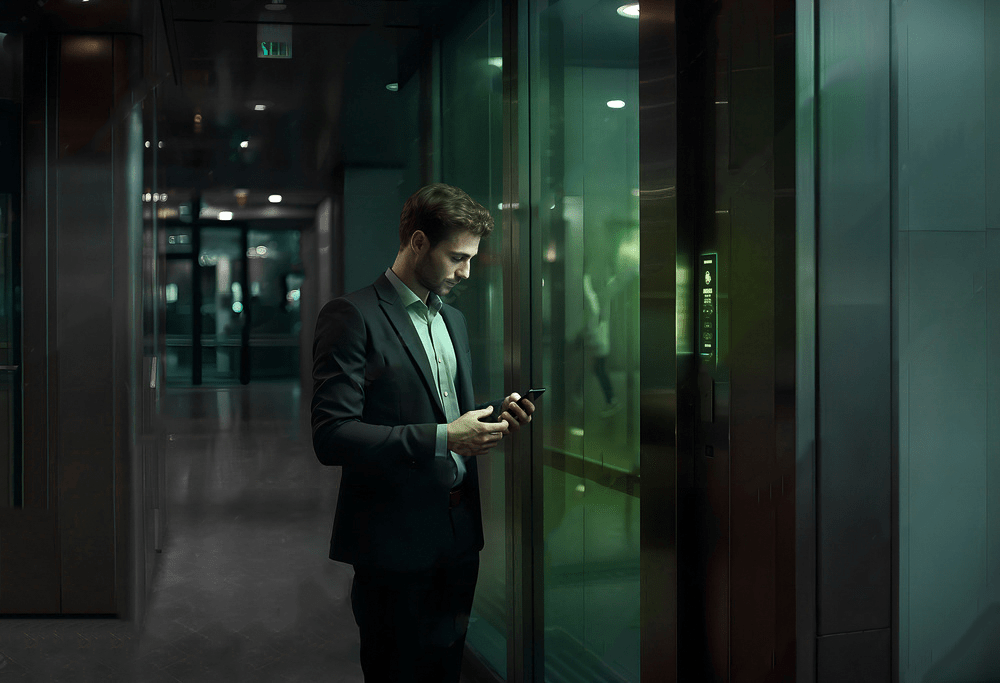Frequently asked questions
Have you got a question you want answered about our electric lifts and home lifts?
Scroll the list below. If you don’t find a suitable answer, contact us.
How many runs can be made in the event of a power failure?
With the batteries charged and under optimal usage conditions, up to 60 runs can be made. This ensures efficient service even during a blackout.
How much energy is saved with the photovoltaic panel?
Our SOL-ARE technology optimises battery charging using the solar energy produced by a photovoltaic panel. The system automatically selects the ideal energy source (grid or photovoltaic panel) in order to minimize the amount of energy drawn from the grid, right down to a consumption level of ZERO.
How long do the batteries last? How much do they cost?
The main power supply for our ARE systems is based on the use of lead-acid batteries, which are widely used in the automotive world. They guarantee a long service life, low costs and excellent performance. Like all batteries, they have a lifecycle, which is long and can be replaced for a limited cost.
What are the benefits of your electronic load weighing system?
Normally, the electronics for reading the load sensor are positioned on the cabin roof, so that is where the calibration procedure has to be conducted. This means the technician has to take care not to include their own weight in the measurements. It also means that for any information about the weight in the cabin you always have to climb onto the roof. In our system, on the other hand, the load sensor reading electronics are still positioned on the cabin roof, but they are connected to the control panel. So, all operations (calibrations, cabin weight readings, fault diagnoses etc.) are carried out from our Smart-Chopper board, i.e. the control panel.
What happens if the batteries go flat?
The batteries are monitored by a system that checks their status and stops the lift when the batteries are not sufficiently charged. If this happens during a run, the system ends the run and remains stopped at that floor while it recharges. As soon as the batteries are sufficiently charged, the system starts working normally again. We can assure the customer that this type of situation occurs only very rarely because the batteries are sized according to a number of insertions per hour that the lift is unlikely to ever perform.
